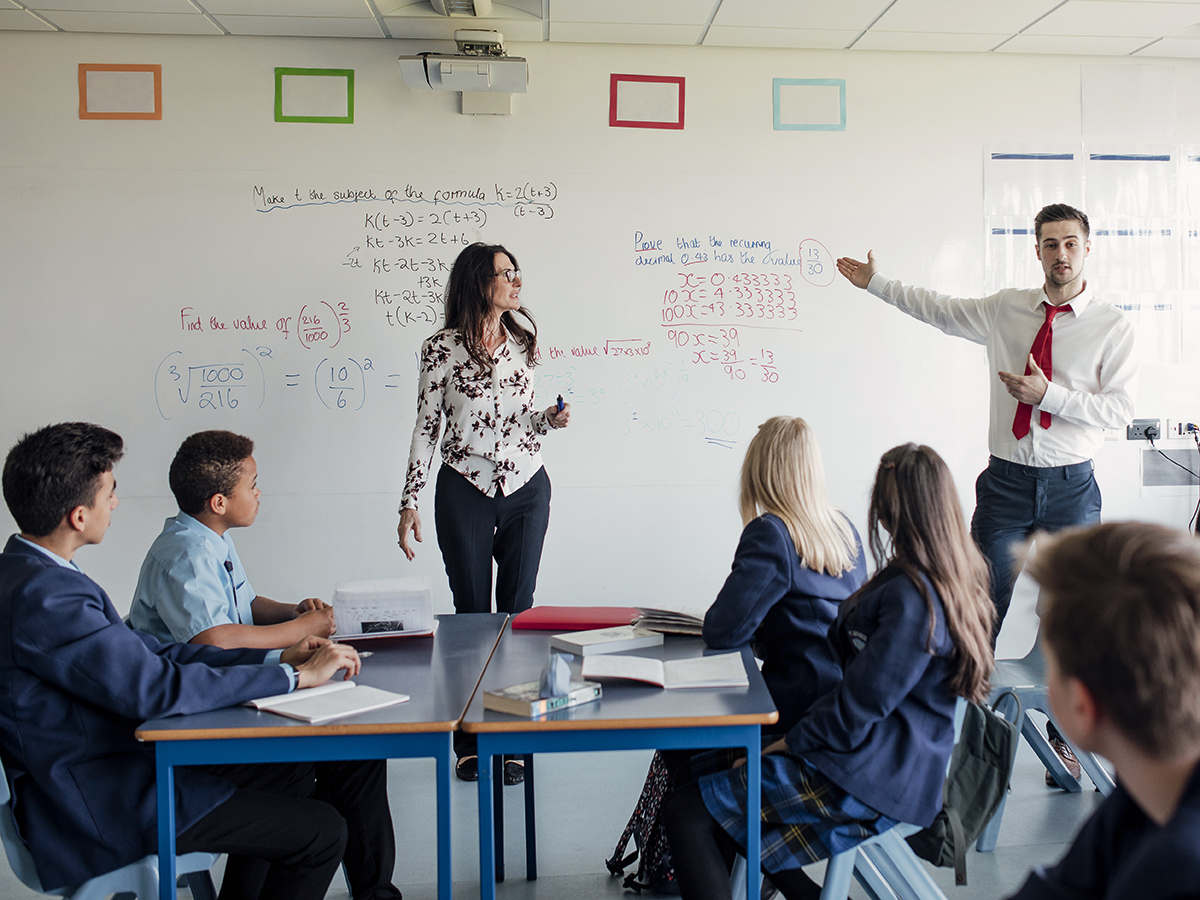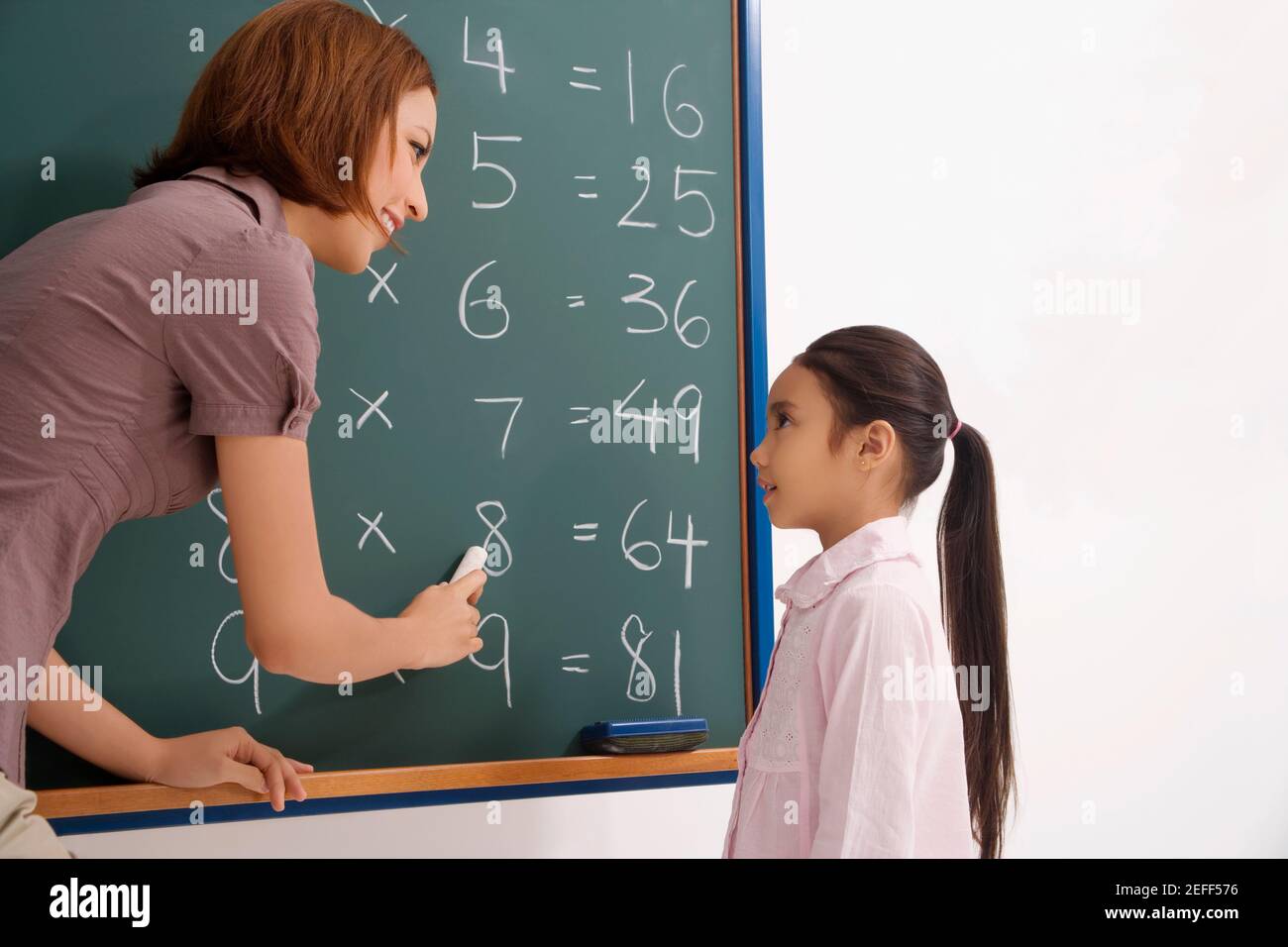Achieve Academic Success with Primary Science Tuition Singapore
Achieve Academic Success with Primary Science Tuition Singapore
Blog Article
Checking Out the Different Training Approaches in Key Scientific Research Education And Learning Today
Inquiry-based discovering, hands-on experiments, and the integration of modern technology are redefining exactly how teachers involve young minds. Additionally, collaborative approaches and separated instruction are being utilized to cater to the diverse demands of students, improving both engagement and understanding.
Inquiry-Based Learning
Inquiry-Based Discovering (IBL) is an instructional method that urges students to check out clinical concepts with questioning, investigation, and hands-on trial and error. This method highlights the duty of students as active individuals in their understanding, promoting critical thinking and analytical skills. By involving with real-world questions, students end up being inspired and interested, which enhances their understanding of clinical concepts.
In IBL, educators function as facilitators, directing trainees as they browse their inquiries instead than providing information directly. This student-centered method permits distinction, accommodating various learning speeds and styles. Pupils establish abilities in creating theories, making experiments, and assessing data, which are vital for clinical literacy.
Furthermore, IBL cultivates partnership among students, encouraging them to share findings and concepts. This collective query promotes social abilities and a feeling of neighborhood within the classroom. The procedure of inquiry encourages durability, as students find out to embrace failing as a tipping stone towards understanding.
Hands-On Experiments
Hands-on experiments are an essential part of effective science education, complementing the concepts of inquiry-based understanding. These experiments allow trainees to engage straight with clinical concepts, cultivating a much deeper understanding via experiential learning. By adjusting materials and observing outcomes, young learners can realize abstract concepts in substantial ways.
Such activities promote essential thinking and analytical skills, as students assume outcomes, conduct experiments, and analyze results. This process motivates them to ask questions, fine-tune their understanding, and establish a clinical frame of mind. Furthermore, hands-on experiments can be customized to varied understanding designs, ensuring that all trainees have the opportunity to engage meaningfully with the content.
Moreover, hands-on experiments often urge collaboration amongst peers, promoting synergy and interaction skills. Operating in groups allows trainees to share ideas, go over findings, and gain from each other, which enhances their total academic experience.
Including hands-on experiments into the main science curriculum not just enhances the finding out environment however also grows a lifelong interest in science. By actively taking part in their education, trainees are much more most likely to develop a passion for clinical inquiry that extends beyond the class.

Technology Integration
Integrating technology into key science education and learning has actually ended up being significantly necessary in fostering student engagement and boosting learning results. Making use of electronic tools, such as interactive simulations, digital laboratories, and instructional software application, offers pupils with chances to explore scientific ideas in ingenious methods. These resources facilitate a deeper understanding of complex subjects by enabling students to picture and control variables that would be unwise in a standard class setting.
In addition, technology combination motivates customized learning experiences. Students can progress at their very own rate, reviewing challenging principles through multimedia resources, which deal with various discovering styles. This versatility not just sustains private growth yet additionally cultivates a sense of freedom in learners.
Furthermore, technology serves as a bridge to real-world scientific research, connecting students with existing study and professional contributions. Access to on the helpful hints internet databases and scientific journals broadens pupils' perspectives on scientific query and cultivates crucial thinking abilities.
Collaborative Knowing
Collaborative discovering plays an important duty in key scientific research education and learning by fostering teamwork and interaction abilities among pupils. This approach urges students to interact, share understanding, and involve in analytic, which improves their understanding of clinical ideas. By taking part in group activities, students discover to express their concepts, pay attention to varied viewpoints, and discuss services, every one of which check these guys out are necessary skills in both real-world and scholastic contexts.

Research study suggests that joint knowing can result in boosted motivation and interaction in science subjects, as students find satisfaction in shared experiences (primary science tuition Singapore). In addition, this approach prepares students for future collaborative ventures, furnishing them with the abilities necessary for reliable synergy in greater education and learning and specialist environments. Ultimately, embracing collective discovering in main science education can dramatically improve the understanding experience and promote a much deeper understanding of scientific query
Set Apart Direction

Set apart instruction can materialize in numerous methods, such as varying the content, processes, or items of discovering. Educators might utilize tiered jobs that supply differing levels of complexity, permitting pupils to work at their respective preparedness levels. Additionally, flexible organizing techniques can promote partnership amongst pupils with various capabilities, fostering peer knowing.
Analysis plays a vital function in this strategy, as it notifies instruction and aids teachers comprehend each pupil's special demands. Developmental assessments, such as monitorings and quizzes, can direct teachers in adjusting their strategies to improve learning outcomes. primary science tuition Singapore. Ultimately, by applying distinguished instruction in primary scientific research education and learning, teachers can cultivate an extra equitable and efficient knowing atmosphere, encouraging all pupils to reach their full possibility in comprehending clinical sensations
Conclusion
In summary, the diverse training approaches in key scientific research education, consisting of inquiry-based knowing, hands-on experiments, innovation assimilation, joint discovering, and set apart direction, jointly add to an extra effective learning setting. These methods advertise vital thinking, analytic skills, and a much deeper comprehension of clinical concepts. By implementing these approaches, instructors can develop helpful and engaging class that address the different requirements of students, eventually fostering a long-lasting interest in science and enhancing scholastic success.
Inquiry-Based Understanding (IBL) is a pedagogical method that motivates students to check out scientific concepts through wondering about, examination, and hands-on experimentation.Collaborative knowing plays a crucial function in key scientific research education and learning by fostering synergy and interaction skills among pupils.Research study shows that collective understanding can lead to increased motivation and interaction in scientific research subjects, as pupils find enjoyment in common experiences.In cultivating a comprehensive learning environment, set apart guideline emerges as a vital approach to fit the varied requirements and capacities of students in key science education. Ultimately, by applying distinguished direction in main science education and learning, instructors can grow a more effective and fair understanding atmosphere, encouraging all pupils to reach their complete potential in comprehending clinical phenomena.
Report this page